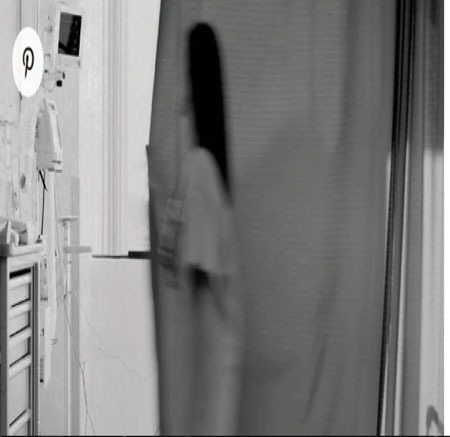Antibiotic resistance has been on the rise in the United States during the COVID-19 pandemic. Dana Neely/Getty Images A new analysis suggests that hospital-acquired, antibiotic-resistant infections increased in the United States during the pandemic.
The spike in antibiotic resistance in hospitals was particularly high among patients with COVID-19.
The researchers speculate that increased antibiotic prescribing and reduced infection control during the crisis may be partly responsible. By contrast, the frequency of resistant infections that originated in the community appeared to decrease during the pandemic.
Over time, bacteria and other microorganisms can evolve resistance to antimicrobialTrusted Source drugs, which include antibiotics, antivirals, antifungals, and antiparasitics. This makes common infections increasingly hard to treat and potentially fatal.
In 2019, 1.2 million peopleTrusted Source died from antimicrobial-resistant (AMR) infections worldwide, and the World Health OrganizationTrusted Source (WHO) estimates that the annual death toll will increase 10-fold by 2050.
Overprescribing of antibiotics and poor infection control promote the development of drug resistance.
There have been concerns that increased antibiotic use to treat secondary infections associated with COVID-19 has accelerated the development of AMRs, but direct evidence has been lacking.
According to a new U.S.-based study, the pandemic increased the rate of hospital-acquired AMR infections compared with pre-pandemic levels.
The authors reported their findings to this year’s European Congress of Clinical Microbiology & Infectious Diseases (ECCMID), which took place April 23rd — April 26th in Lisbon, Portugal.Resistance before and during the pandemic
The researchers compared the rate of AMR infections in 271 U.S. hospitals between July 1, 2019, and February 29, 2020, with the rate between March 1, 2020, and October 30, 2021.
The total number of hospital admissions increased from 1,789,458, in the pre-pandemic period, to 3,729,208 during the pandemic. The number of admissions with at least one AMR infection was 63,263 and 129,410, respectively.










